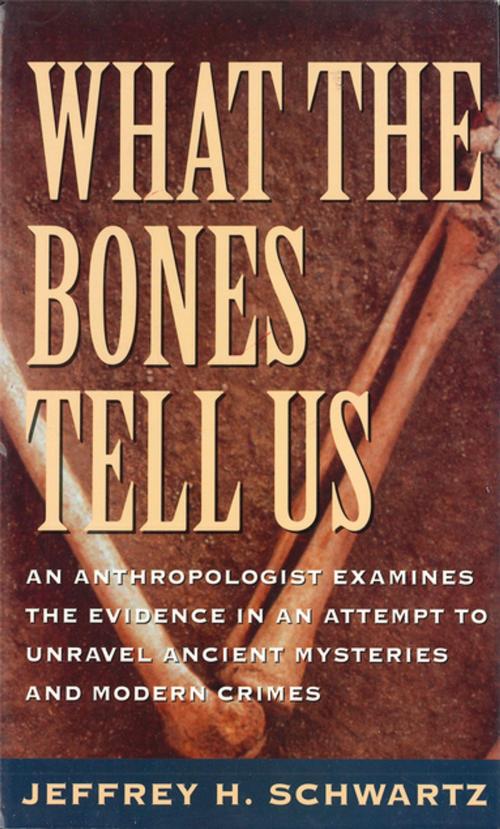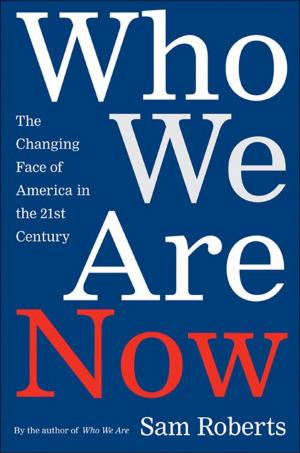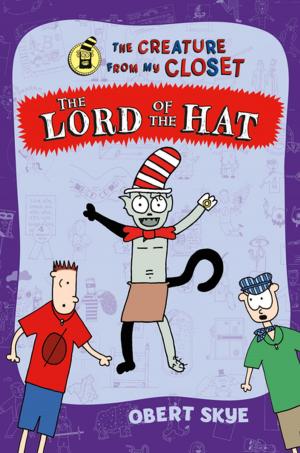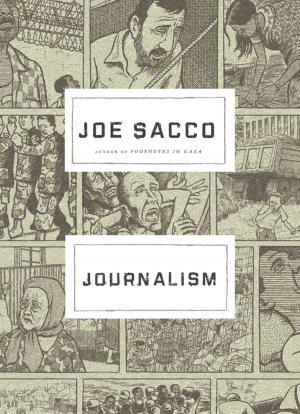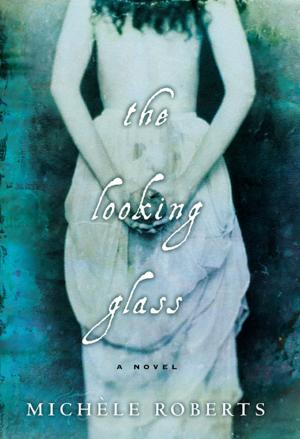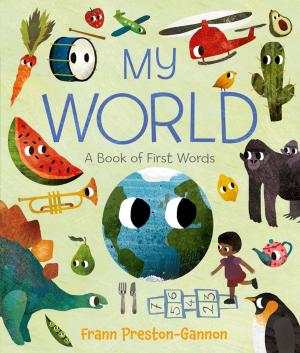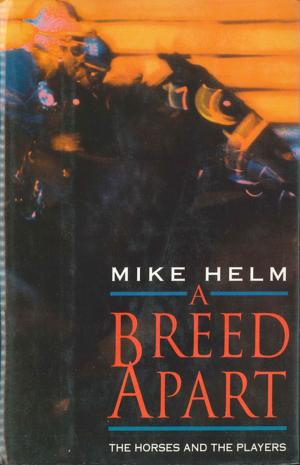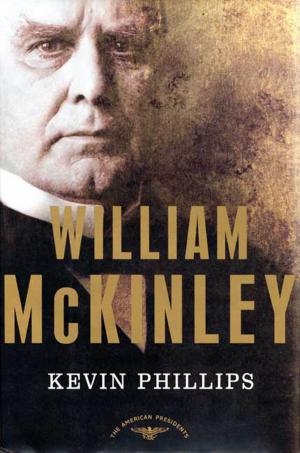What the Bones Tell Us
An Anthropologist Examines the Evidence in an Attempt to Unravel Ancient Mysteries and Modern Crimes
Nonfiction, Social & Cultural Studies, Social Science, Archaeology, Anthropology| Author: | Jeffrey H. Schwartz | ISBN: | 9781627799102 |
| Publisher: | Henry Holt and Co. | Publication: | October 13, 2015 |
| Imprint: | Henry Holt and Co. | Language: | English |
| Author: | Jeffrey H. Schwartz |
| ISBN: | 9781627799102 |
| Publisher: | Henry Holt and Co. |
| Publication: | October 13, 2015 |
| Imprint: | Henry Holt and Co. |
| Language: | English |
Jeffrey Schwartz, professor of physical anthropology at the University of Pittsburgh and research associate at the American Museum of Natural History, ranges from digs in the Negev Desert through Africa and Europe to the local coroner's office to explain how interpretations of the past are made. What counts is the data and the context in which the evidence is analyzed. Along the way the author constructs a new hominid family tree to take account of recent assessments of human evolution. The author, part of the team that unearthed burial urns from the ancient city of Carthage, exposes the inner workings of archeology and anthropology, illustrating what can be learned from fossils and fragments of ancient cultures and civilizations. Because every living thing on earth will have had a single, unique history, whether it be the life of an individual, of a civilization, a species, or a diverse evolutionary group, "the discovery," writes the author, "is less a matter of unearthing a fossil or sequencing a species' DNA than it is of interpreting data in an attempt to reconstruct the missing pieces of the puzzle." Bone fragments can be used not only to identify animal species but also to tell us of their past history. Studies of bones can also reveal the land's past capacity to sustain animal life, whether domestic or wild. Frequently the physical evidence overturns sacred historical writings (and occasionally such evidence is suppressed). And when the author misidentifies what turns out to be an incomplete human specimen for the coroner, we come to understand just how easily incomplete data can deceive us. After reading this fascinating and authoritative work, any reader will be better equipped to evaluate the evidence for various new theories about our origins and evolution. Another value of this pioneering book is its deep insight into scientific infighting and the competing speculations about evolutionary history.
Jeffrey Schwartz, professor of physical anthropology at the University of Pittsburgh and research associate at the American Museum of Natural History, ranges from digs in the Negev Desert through Africa and Europe to the local coroner's office to explain how interpretations of the past are made. What counts is the data and the context in which the evidence is analyzed. Along the way the author constructs a new hominid family tree to take account of recent assessments of human evolution. The author, part of the team that unearthed burial urns from the ancient city of Carthage, exposes the inner workings of archeology and anthropology, illustrating what can be learned from fossils and fragments of ancient cultures and civilizations. Because every living thing on earth will have had a single, unique history, whether it be the life of an individual, of a civilization, a species, or a diverse evolutionary group, "the discovery," writes the author, "is less a matter of unearthing a fossil or sequencing a species' DNA than it is of interpreting data in an attempt to reconstruct the missing pieces of the puzzle." Bone fragments can be used not only to identify animal species but also to tell us of their past history. Studies of bones can also reveal the land's past capacity to sustain animal life, whether domestic or wild. Frequently the physical evidence overturns sacred historical writings (and occasionally such evidence is suppressed). And when the author misidentifies what turns out to be an incomplete human specimen for the coroner, we come to understand just how easily incomplete data can deceive us. After reading this fascinating and authoritative work, any reader will be better equipped to evaluate the evidence for various new theories about our origins and evolution. Another value of this pioneering book is its deep insight into scientific infighting and the competing speculations about evolutionary history.
